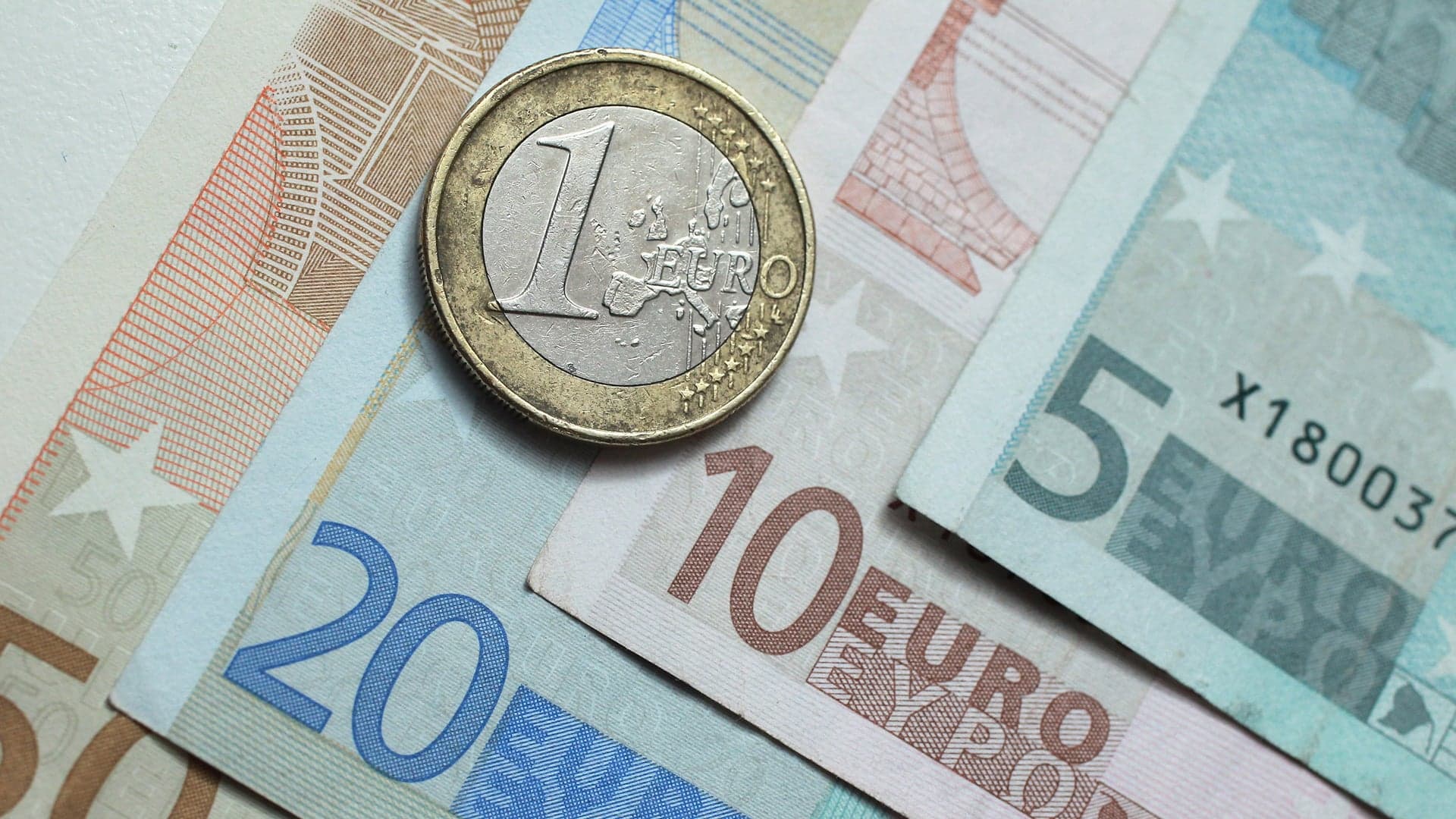New Year's Day is the dawn of a new era in Europe, as 11 nations adopt a single currency, the euro. Now the official currency of 19 members of the European Union, as well as the nations of Kosovo and Montenegro, the euro's introduction had a profound effect on the global economy and was a watershed moment in the continent’s history.
Beginning in the 1970s, European leaders had discussed creating a single currency. The plan became official with 1992 Maastricht Treaty, which formed the European Union and paved the way for the creation of a single European currency. The new currency's name was unveiled in 1995. On December 31, 1998 11 countries "locked in" their exchange rates relative to each other and to the euro. At midnight, their currencies officially ceased to exist. For the next three years, the "legacy currencies" remained legal tender, but electronic transfers and other non-physical monetary transactions began to use euros. Greece would join the Eurozone between this initial introduction and the currency's debut in physical form.
Mints throughout Europe printed 7.4 billion notes and struck 38.2 billion coins to ensure enough euros would be available by 1/1/2002. Banks issued "starter packs" containing small amounts of euros starting in December 2001 to familiarize people with the new money. Finally, a year later, the euro formally entered the world as legal tender. The first official purchase took place on the far-flung French island of Réunion, where euros were used to purchase a pound of lychees. Over the next two months, participating nations officially had two currencies in order to give people time to adjust. Businesses advertised prices both in euros and in legacy currencies, and some were accused of using the switch as an excuse to raise prices. Overall, however, the process of creating a new currency for a population of over 300 million people went remarkably smoothly.
The euro has long been a source of controversy. Conservatives in the United Kingdom opposed the idea of a European currency, and both the UK and Denmark negotiated opt-outs despite their membership in the EU. The eurozone's greatest test came during the European sovereign debt crisis, which began in 2009, as many central banks dealing in euros were unable to pay their debts and were bailed out by other eurozone nations or EU institutions. Despite continued concerns, seven EU nations have met the criteria and acceded to the euro since 2002, and the nations of Kosovo and Montenegro have also adopted it as their official currency.
